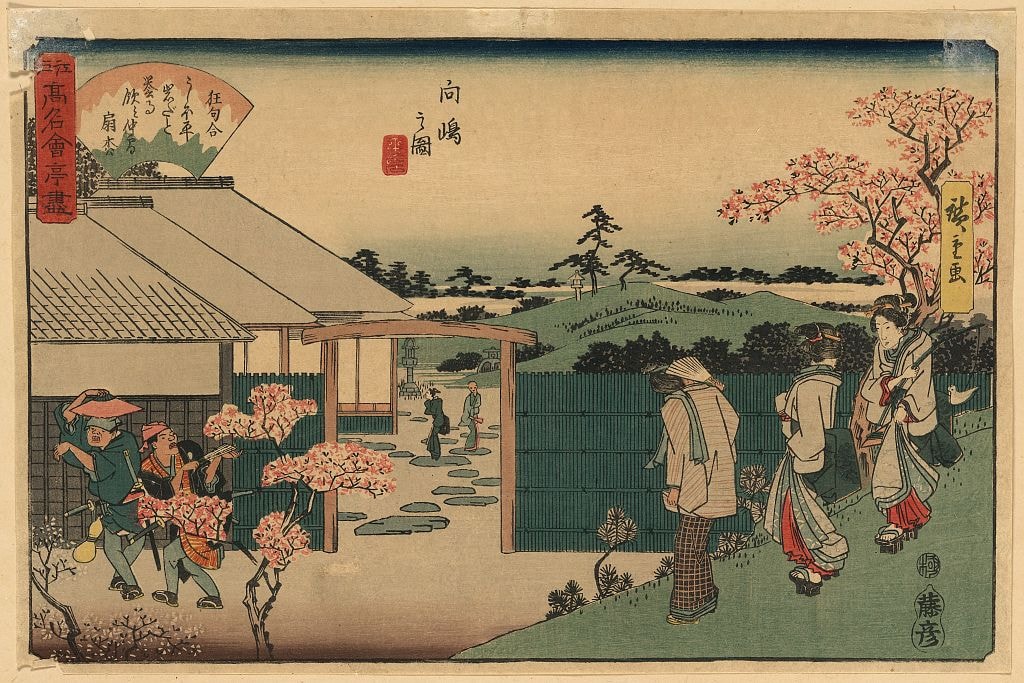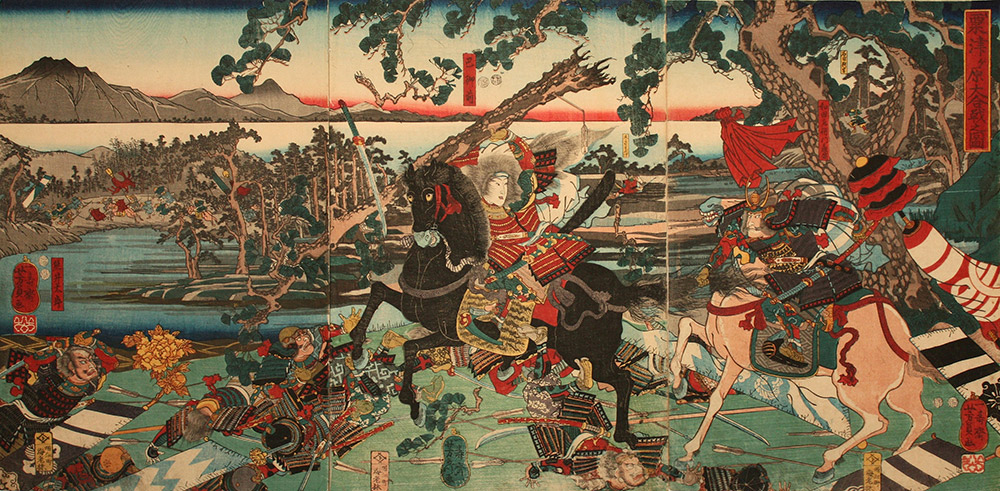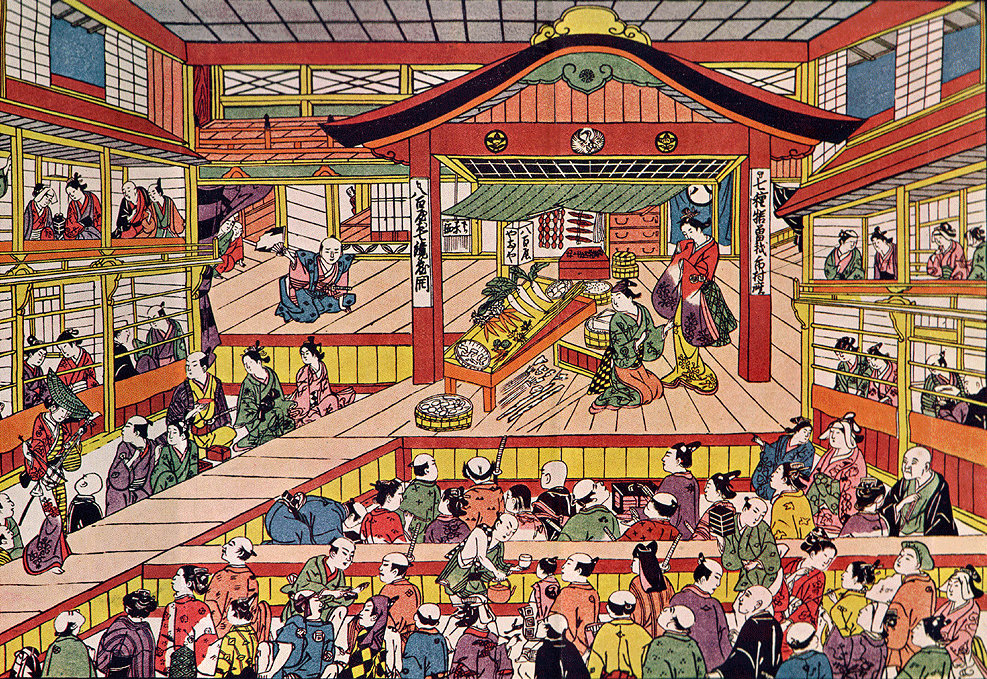RIPSaidCone
tolmie
The Tojiko Clan are masters of the ship. A necessity given their relative isolation from the rest of the country. Led by Great Lord Tojiko Hisahide, the Tojiko are the most autonomous of the four ruling clans, due to their distance from Sakaia. Having greater independence and authority over their lands and retainers, the Tojiko are unique in Nihanai as they are the only clan that does not require the Taishonate's approval to change tax rates, trade tariffs, or layout punishments on disloyal clans. In many regards they could even be considered an independent country on their own already. Conducting large amounts of trade with the Namsan Dynasty across the Orange Sea, despite the Taishonate's cold relationship with them. As much of a blessing as this is, it could also be considered a curse, as it has led to a divide, and point of contention between the Tojiko and the other three clans, all of whom desire their own independence to be increased. Even within the Tojiko lands themselves, there are many who dislike their disconnect from the larger islands, and some who even wish to make a return to them.
Their current seat is Tojiko Castle, though their largest city is Furano, to the north, and their retainer clans are the Tadami, Maeda, Futaba, Mizuno, Toyako and Yachiyo. The Oeda Islands, which although are officially apart of the Tojiko's lands, are not actually ruled by any clan, and are instead a semi-autonomous region ruled by the Oeda, the indigenous peoples of the islands. They do still pay taxes to the Tojiko, but are not required to give manpower. The islands of Harufai and Waki are not controlled by any clan, but have instead been opened for use by all Tojiko retainers.
The Iyo Clan are masters of the sword. Led by Great Lord Iyo Toshisaba, the oldest brother among the four great lords, the Iyo pride themselves on their strict adherence to the Bushido code, and are generally considered to be the most powerful in regards to military might between the four ruling clans. Due to the close proximity of their clan seat, the bustling port city of Hozen, to the capital, the Iyo are often the Imperial Court's first choice when it comes to the suppression of rebels, which is usually convenient for the Iyo anyway as many rebels in the past have come from their own provinces. Typically consisting of disgruntled Hoka peoples from the Shikabe and Mori lands more often than not. However, despite their honorable nature and loyalty to the Taishonate. It has been rumored on several occasions in Sakaia that Great Lord Iyo is discontent with his family's status, believing their contributions to the stability of the country to be worthy of higher rewards. Regardless of whether or not that is true, the rumor has spread, and the Iyo are now watched with cautious eyes by members of the Court, something which the Iyo have seen as a great insult.
Their current seat is Hozen, and their retainer clans are the Akai, Hidaka, Atsuma, Shikabe, Mori and Esashi. The Iyo have maintained a dispute with the Nakara over control of Shin Harufai, an island that lies in the Northern Strait, between Satsumi and Hokano. The island is known for its mineral deposits, and the small port villages along its coast which service ships travelling between the larger islands that surround it. The Iyo propose that the Esashi Clan, their retainers, take control of the island. While the Nakara propose that the Yuza Clan, their retainers, take control. The Taisho is yet to make a decision.
The Nakara clan are masters of the horse, which proves greatly useful for their most keen profession. Being the most commercially savvy of the four ruling clans, the Nakara are known for their respect for the merchant class, the safety of their trade routes, which are near-constantly patrolled, and their relations with the Yaban, the pale-skinned foreigners from the new world. Led by Great Lord Nakara Natsuke, they have the honor of presiding over the entirety of Sitsuha. Having been the first people in Nihanai to come into contact with the Yaban, through the port city of Hosokana near the start of their reign, the Nakara utilize firearms to a greater extent than the other clans. Likewise, they also worship an odd, new, Yaban religion, that was introduced to them by the many traders and dignitaries whom have come through their lands. Which has stirred a deal of tension with their southern neighbors, the Yoshida, who do generally not approve of the proliferation of a foreign faith in Nihanai. Regardless, the Nakara are the wealthiest of the ruling clans, and their clan seat, the city of Nakara, which established itself around their castle, is one of the busiest trading centers in the country. As it is the city in which most foreign goods go through in-order to reach the capital.
Their current seat is Nakara, and their retainer clans are the Ikeda, Fujisaki, Imabetsu, Otobe, Kamakunai, Teshikaga, Roku, Takko, Murata, Kikonai, Watari, Osato, Kosaka, Yuza and Yamanobe. In recent years a dispute has flaired between two of their retainers, the Kamakunai and Teshikaga. Both of whom lay claim to the island of Suruga. As during the Mizu Rebellion, the Kamakunai, who stood with the Coalition, expanded their territory, and seized much of the coastline, and the island itself from the Teshikaga, who had remained neutral. While the Nakara themselves receive criticism from the other ruling clans, and even the taisho for their embrace of foreign customs. With several of their retainers being disgruntled in-particular.
The Yoshida Clan are masters of the bow, and no living man's arrows fly truer than those of the Yoshida. Disciplined in the faith of Kiritsu, the Yoshida are led by Great Lord Yoshida Sakuma, a deeply religious man who, when given authority by his brother over Kyusai, took the opportunity to spread his faith further, and turn the region into a sanctuary, which it now has become, its population having bloated since the Yoshida took power as the faithful from across Nihanai make the pilgrimage to their lands. Likely the most popular clan of the four among their subjects, the Yoshida are kind and benevolent rulers, and living standards across their provinces have taken a steep rise in the decades following the Mizu Rebellion. Having built hundreds of temples and shrines across Kyusai, the Yoshida more often than not tend to avoid the politics and bickering of the other three clans, only intervening whenever their sanctuary's peace or prosperity is threatened. As such, they have no particular favor with the Taisho, and rumor has it that certain members of the Imperial Court have been attempting to persuade him into choosing another clan to oversee the region.
Their current seat is Yoshida Castle, although unlike other clans, much of the actual governance and running of their provinces is not conducted here, but rather in the major city of Saito, in lands belonging to the Okatori Clan, one of their most loyal retainers. Yoshida Castle standing as more a spiritual and symbolic seat of the clan's power. Lately, the Yoshida have had to levy troops to defend temples and shrines in their northernmost provinces, many of which have seen sporadic attacks from those disillusioned with the Kiritsu faith.
Last edited:








